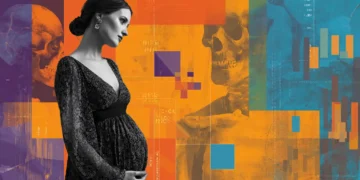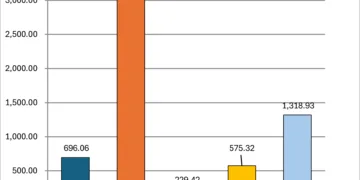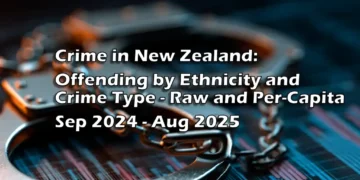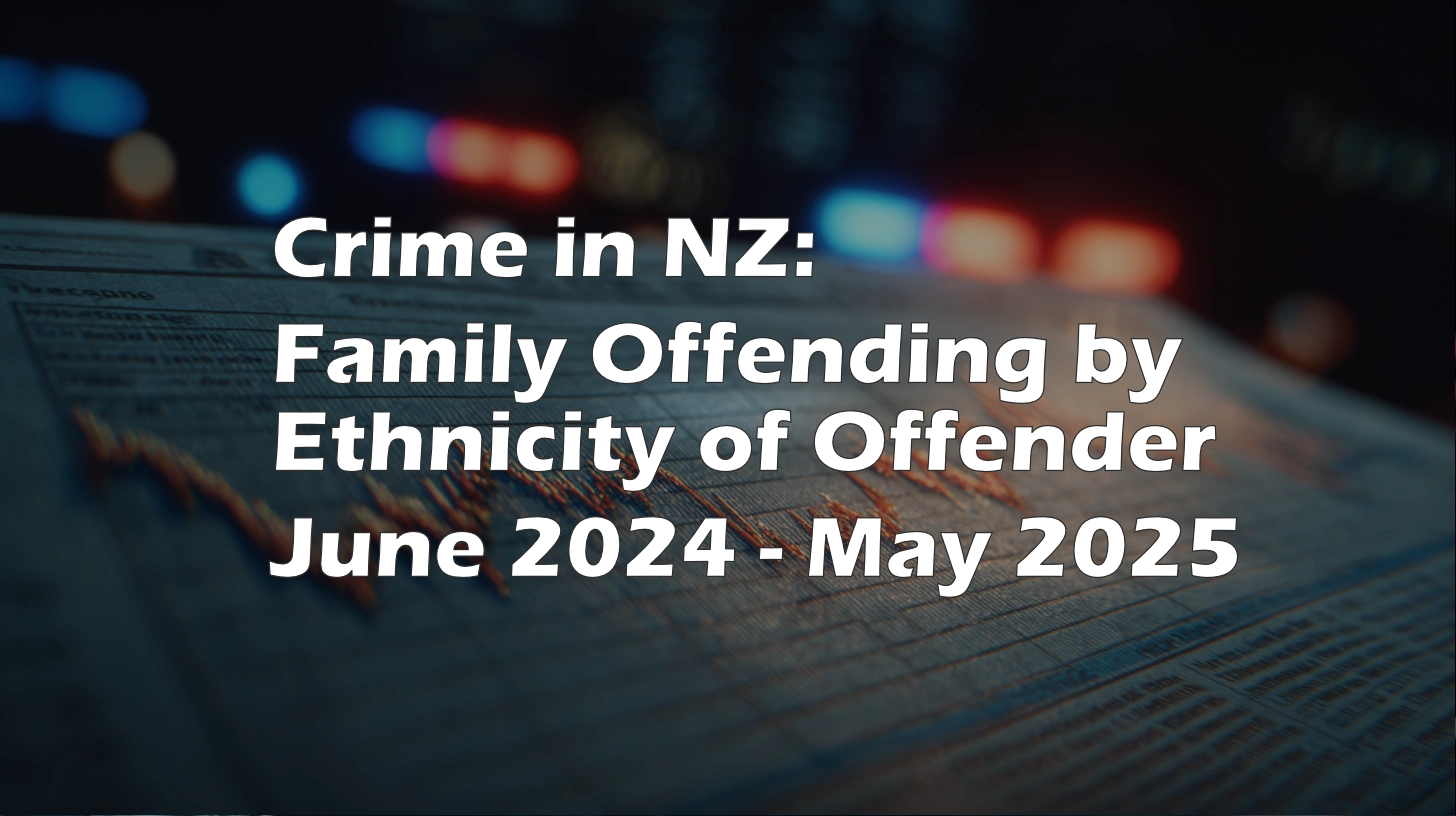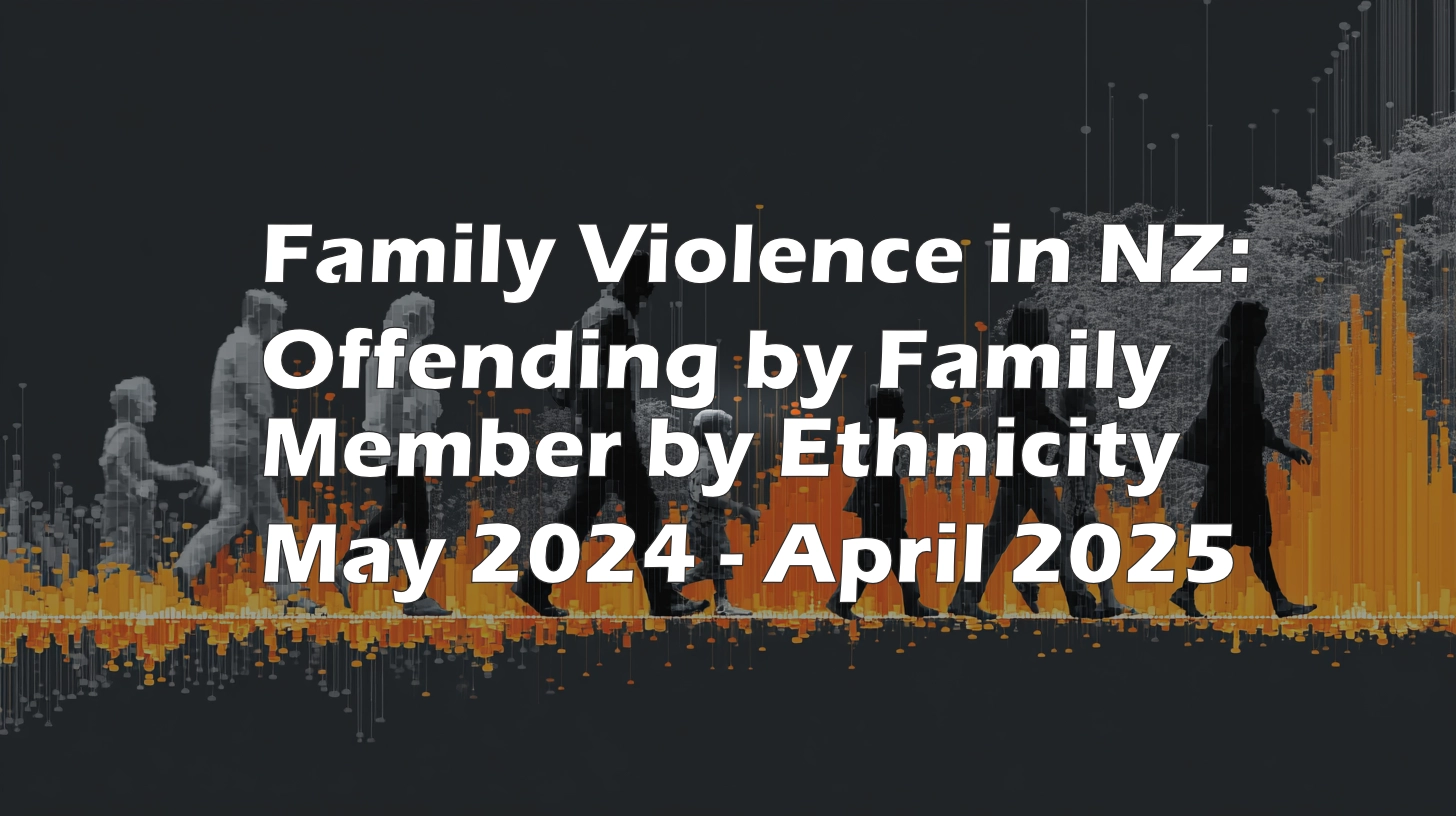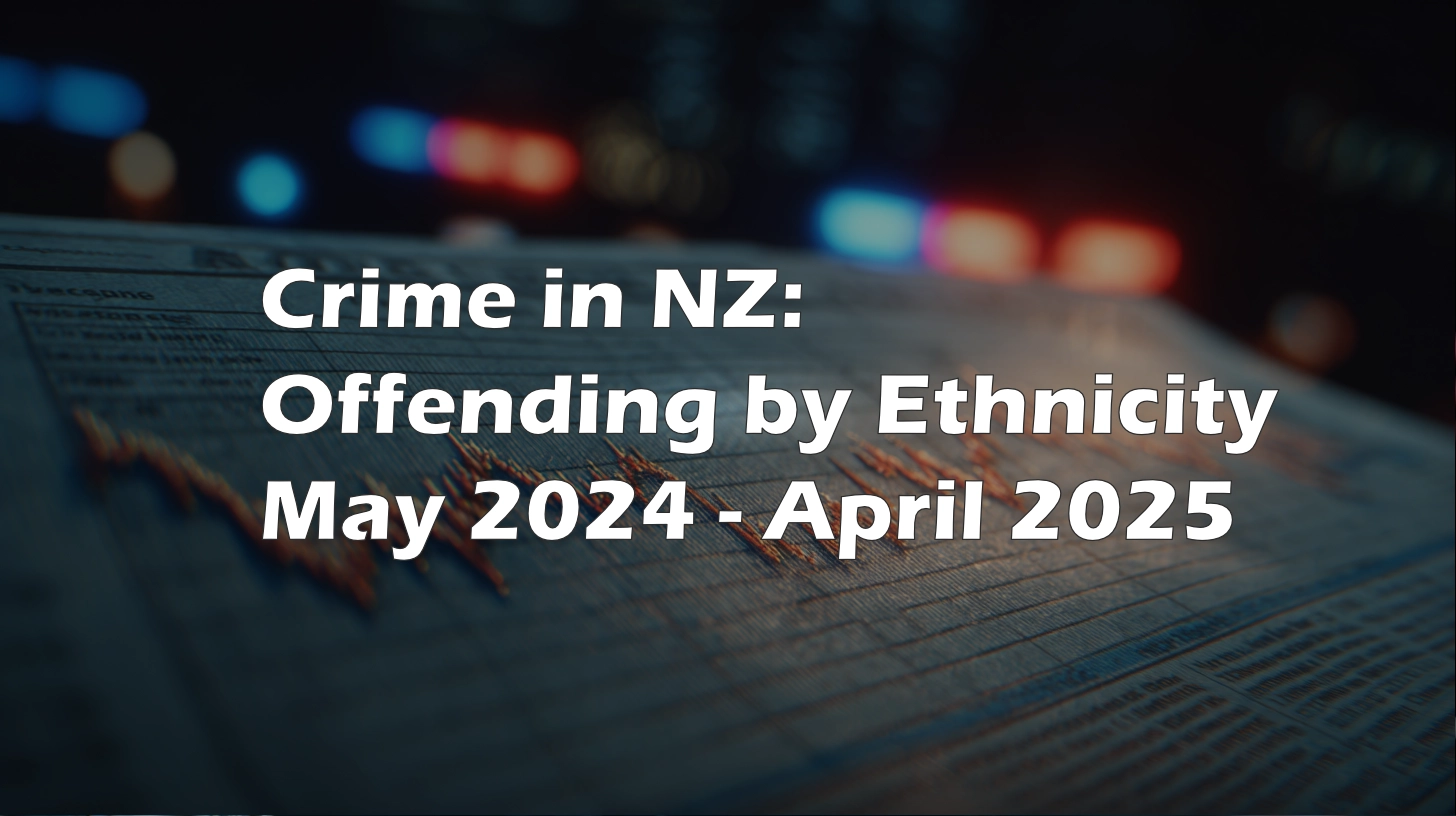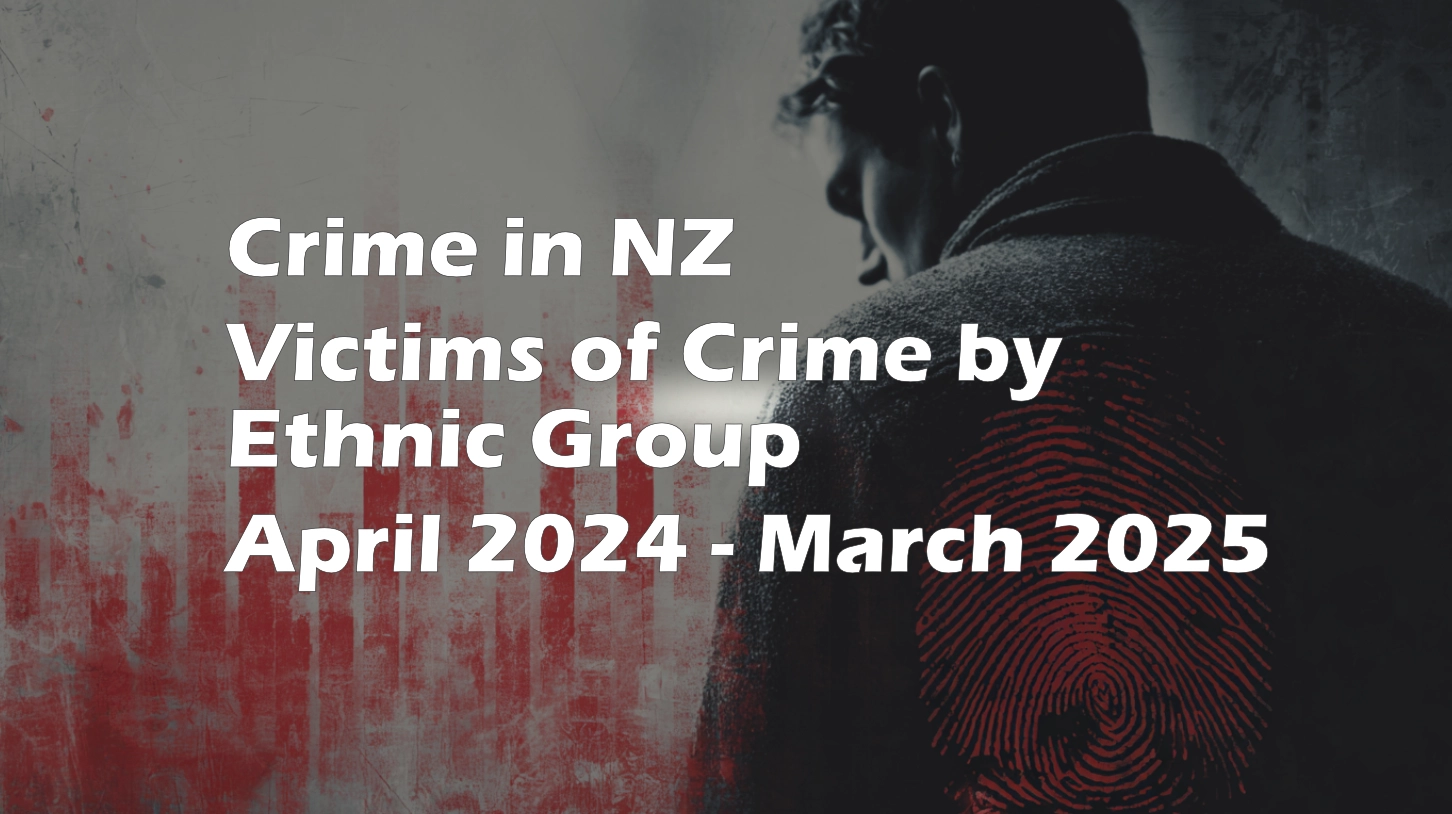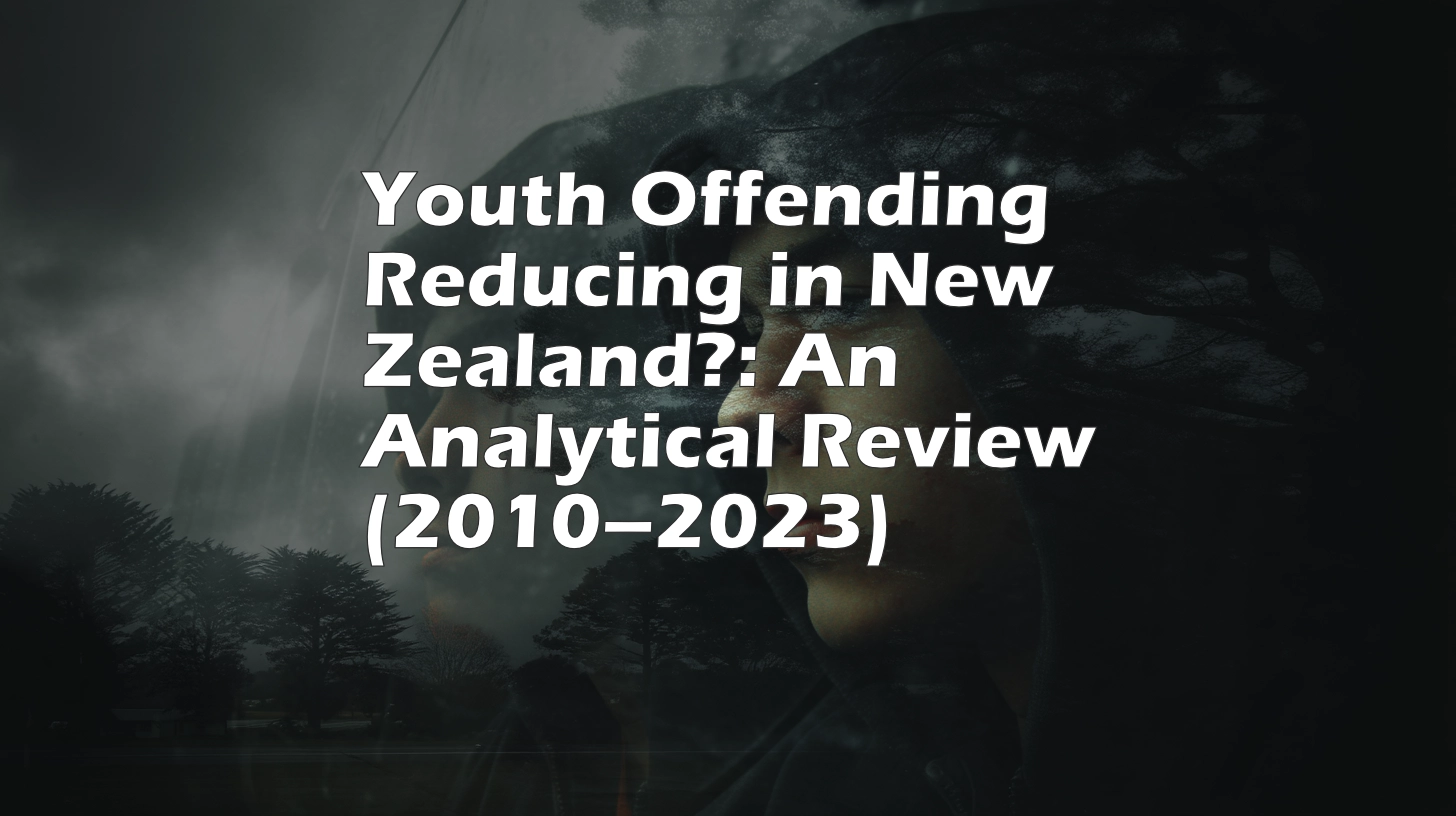A week or so ago, I was going through the MoH github datafiles, and comparing them to the Vaccine Rollout data and couldn’t help noticing how similar the shapes were (Vaccine – Covid Death/Case/Hospitalisation). 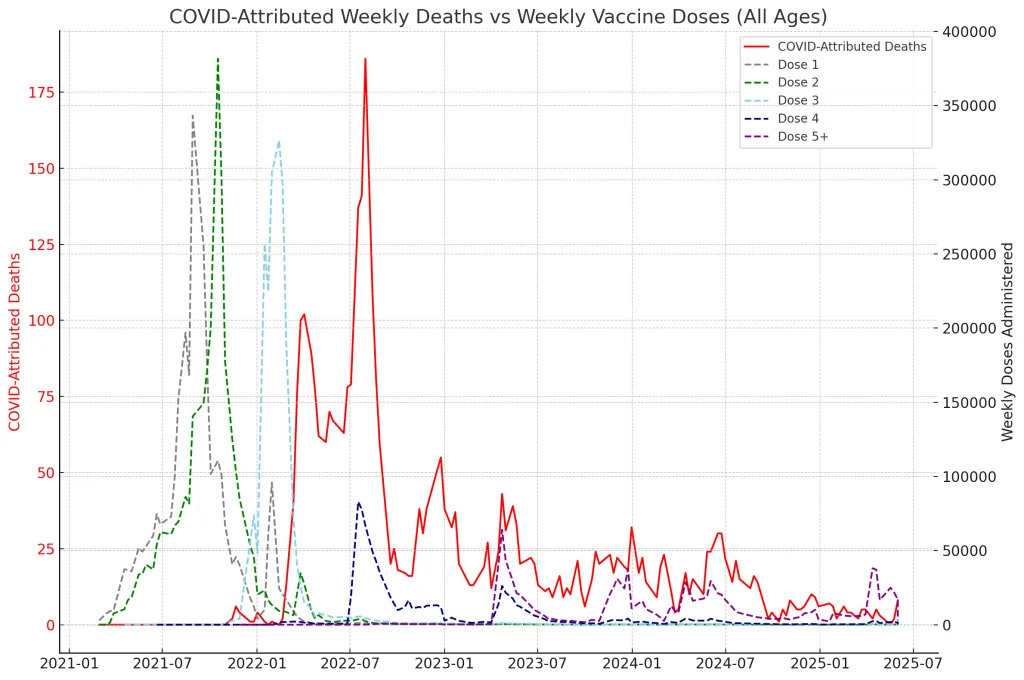
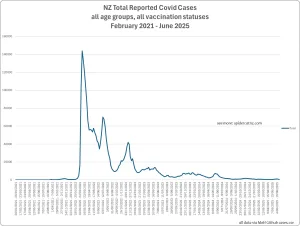

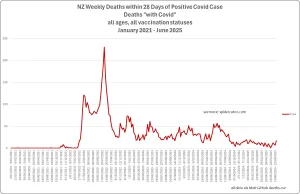
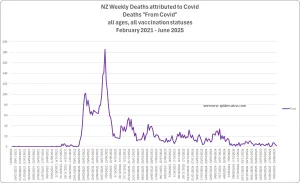
Than came the correlation testing (Pearson – does a change in one thing (Vaccine Doses) impact another thing (Cases/Hospitalisations/Deaths) and the results did suggest a temporal association.
So, I wondered if the people who actually own the datasets had noticed the similarities. It’s not like this is OIA stuff or leaked data, it’s literally their GitHub. If they hadn’t why not? If they had.. why are we still Boosting?
So I sent an email to the Minister of Health. I got an auto-reply, so it definitely made it.
To: Hon. Simeon Brown, Minister of Health
Date: 28 June 2025
Subject: Missed Signals: Statistical Correlations Between Vaccination Rollout and Mortality
Dear Minister Brown,
I am writing to raise a matter of urgent public health relevance and scientific accountability, based on extensive analysis of publicly available New Zealand health datasets.
Since March 2023, I have been independently studying patterns in vaccination rollout and all-cause mortality. Using openly accessible datasets from the OECD, Te Whatu Ora, and Statistics NZ, I have consistently observed a lagged relationship between vaccine administration and subsequent increases in mortality that warrants serious investigation.
Through methods such as Granger causality testing, cohort reconstruction, and excess mortality modeling, the analysis shows statistically significant associations—particularly for third and later doses— the 80+ age group shows lags of 3 to 5 months post-administration, with other age groups having lessening but not zero correlation over other periods up to 9 months. These results are not the product of speculation, but of rigorous, replicable data analysis performed on publicly released datasets from your own agencies.
This signal was already visually apparent in early 2023 using simple overlays. The more advanced techniques now available, including cohort-specific per-capita mortality comparisons and lag analysis, only reinforce that signal.
What is troubling is that, to date, I have found no evidence that the Ministry of Health, or associated public health agencies, has performed or published any analysis of this kind. This omission has serious implications:
- Delayed signal detection undermines public trust in vaccine safety surveillance.
- Booster policies for the elderly may have been implemented or continued without full understanding of their longer-term population effects.
- Granular, high-quality internal data (e.g., deaths by dose count and time since dose) was available to authorities long before it was released via OIA—but appears not to have been used for lagged outcome modeling.
Given these concerns, I respectfully request answers to the following questions:
- Has the Ministry or Te Whatu Ora ever conducted time-lagged or cohort-stratified mortality analysis following COVID-19 vaccination?
- Has Granger causality or any other temporal predictive modeling been applied to all-cause or excess mortality outcomes by vaccination dose and age group?
- If such analysis was performed, what were the findings, and why were they not made public?
- If such analysis was not performed, what barriers prevented this, given the availability of structured, high-frequency mortality and vaccination datasets?
- What standards of evidence or statistical thresholds does the Ministry require to reassess the safety and advisability of additional booster rollouts?
I make this request in the public interest, as an engaged citizen and analyst. I am not affiliated with any political or activist group, and my interest in this work is purely analytical. I would be happy to share the full datasets, code, charts, and findings underpinning this letter if that would assist further examination.
I look forward to your response and am available to discuss this at your convenience.





